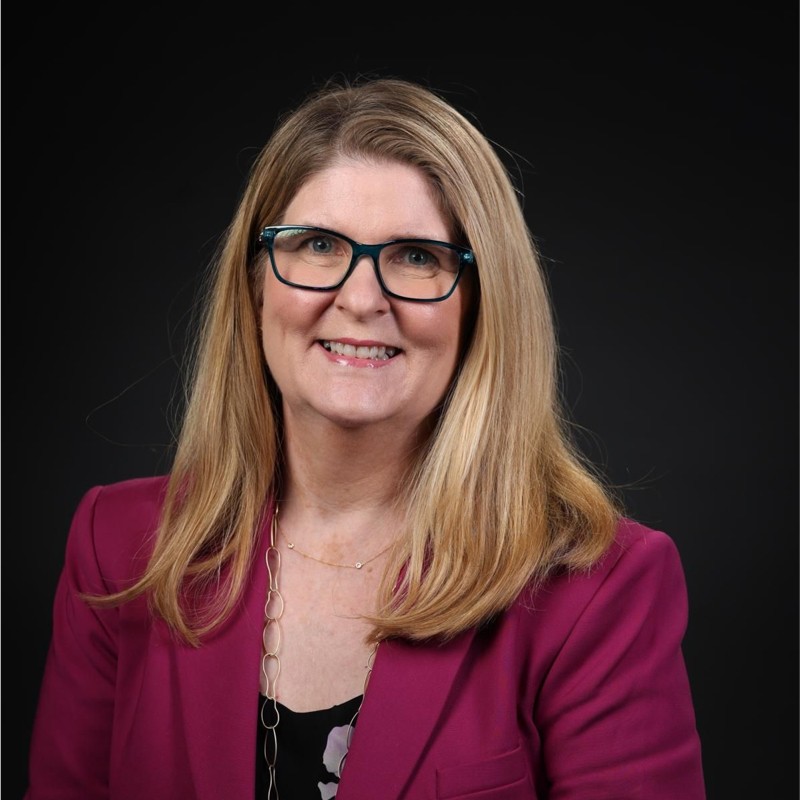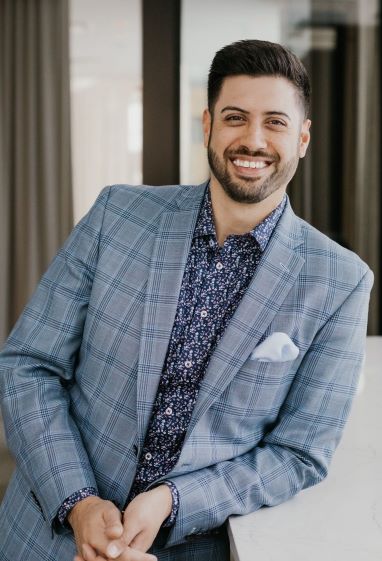
Bridging Divides for Inclusive Organizations
At the London Transport Museum, you will find all sorts of merchandise sporting the phrase, “Mind the gap.”
If you’re from outside the London area, this may be an unfamiliar phrase, but for locals, it’s a phrase they know very well. “Mind the gap” is part of a safety announcement for the throngs of passengers who take the trains daily, ensuring that they can board the trains from the station platform. You cannot functionally take the train if you can’t even step onto it. The train clearly can’t take you to where you want to be if there are barriers or obstacles that stand in the way.
Okay, we’ll come back to this…remember “mind the gap” as a phrase and why it’s important.
Closing Opportunity Gaps
One of the best parts of my job is getting to know some of the greatest thought leaders on the topics of executive leadership, frontline leadership, and how to inspire and cultivate strong company culture. I’ve been blessed to host over 60+ episodes (and counting!) on The Frontline Industry podcast and have as guests those very thought leaders who’ve shared their insights and perspectives.
In a recent podcast recording with Meg Bear, a disruptive technologist, change agent, board member, career coach, startup advisor, keynote speaker, blogger, patent holder, and more, I was reminded of something all of us can do to build inclusion in our organizations: close opportunity gaps.
“What are opportunity gaps, Joel?”


Meg Bear
I like the definition from Close the Gap Foundation, which says that opportunity gaps are “uncontrollable life factors like race, language, economic, and family situations [that] can contribute to lower rates of success in educational achievement, career prospects, and other life aspirations.”
Meg Bear’s passion for closing opportunity gaps comes directly from her own experiences of needing to bridge many opportunity gaps herself throughout her life:
- First generation to go to college
- Low socio-economic status, living below the poverty line in high school, and going to college on a Pell Grant
- Being a woman in tech
- Being raised by a single dad for much of her life from pre-school and beyond
Meg Bear has worked hard to overcome the opportunity gaps she’s faced in her life. Her determination and efforts have paid dividends in the opportunities she’s been afforded and the life she now gets to live.
However, she also is aware of the many times she’s been given a boost by others around her. She understands the value she experienced from others who came alongside and helped propel her forward.
Why do I bring this up?
Closing Opportunity Gaps


Meg Bear
One of the best parts of my job is getting to know some of the greatest thought leaders on the topics of executive leadership, frontline leadership, and how to inspire and cultivate strong company culture. I’ve been blessed to host over 60+ episodes (and counting!) on The Frontline Industry podcast and have as guests those very thought leaders who’ve shared their insights and perspectives.
In a recent podcast recording with Meg Bear, a disruptive technologist, change agent, board member, career coach, startup advisor, keynote speaker, blogger, patent holder, and more, I was reminded of something all of us can do to build inclusion in our organizations: close opportunity gaps.
“What are opportunity gaps, Joel?”
I like the definition from Close the Gap Foundation, which says that opportunity gaps are “uncontrollable life factors like race, language, economic, and family situations [that] can contribute to lower rates of success in educational achievement, career prospects, and other life aspirations.”
Meg Bear’s passion for closing opportunity gaps comes directly from her own experiences of needing to bridge many opportunity gaps herself throughout her life:
- First generation to go to college
- Low socio-economic status, living below the poverty line in high school, and going to college on a Pell Grant
- Being a woman in tech
- Being raised by a single dad for much of her life from pre-school and beyond
Meg Bear has worked hard to overcome the opportunity gaps she’s faced in her life. Her determination and efforts have paid dividends in the opportunities she’s been afforded and the life she now gets to live.
However, she also is aware of the many times she’s been given a boost by others around her. She understands the value she experienced from others who came alongside and helped propel her forward.
Why do I bring this up?
Assessing Opportunities in Your Organization
Meg suggests that, as leaders, we think about the opportunities that arise in our organizations and to whom they are offered.
Ask yourself:
- Are people with different backgrounds (who might not have been given this opportunity before) being considered? Or are we limiting the opportunity to only certain types of individuals, based on what's familiar or status quo? Am I gravitating toward hiring or promoting someone who reminds me of myself because it’s comfortable?
- How can we do better at this as an organization? How can I personally do better myself?
Where do we need to build more of an "abundance mindset" so that we are encouraging more types of people and voices to contribute? Where are we naturally creating barriers for certain individuals to have a voice, to be noticed, to be elevated, to be given more so they become the fullest and best versions of themselves at work? - How can our organization help individuals who normally might not even seek out certain opportunities due to fear that they won't fit in or be accepted? How can we help our teams see that their differences are a good thing?
It’s very easy to just get stuck in a rut and not truly ruminate on these things. It’s easy to say, “I’ll think about this next week”, or “I’ll think about this again prior to creating our annual employee survey.”
But let me gently encourage you to think about this now. Your people and your teams deserve it.
Minding the Gap in Our Organizations
Just like throngs of passengers must “mind the gap” to ensure they can safely make the transition between platform to train, we leaders must “mind the gap” that exists at our organizations. We need to ensure our employees can safely make the transition between where they are now and where they want and need to be so they can truly self-actualize.
The opportunity gaps around us at work won’t fix themselves. And you might not be able to lead the charge to fix it all, either. But you can help fix it around you — in your team, in your department, in your building, and in your circle of influence.
Change begins with us. Look at your teams. Contemplate where they want to be and where they need to be to make your organization thrive.
Then consider all the things that stand in the way for individuals and various groups that perhaps, to you, are typically ignored, unseen, minimized, or not prioritized. Then, act, at whatever scale your influence and positional authority allow.
We can’t change an entire organization on our own. But we can start within our focus of control.
So what are you waiting for?
Mind the gap.
Listen to the full episode at frontlineindustrypodcast.com.
About the Author


Joel Onyshuk | Atana Senior VP of Sales
As the Senior VP of Sales at Atana, Joel Onyshuk is driven by his passion for building high-performance teams. Equipped with a Bachelor of Science in Psychology, he is committed to understanding human behavior and unleashing the potential of those around him. In addition to leading Atana's sales efforts, Joel hosts the Frontline Industry Podcast where he engages in conversations with top senior executives who share leadership best practices and ways to positively impact company culture.







